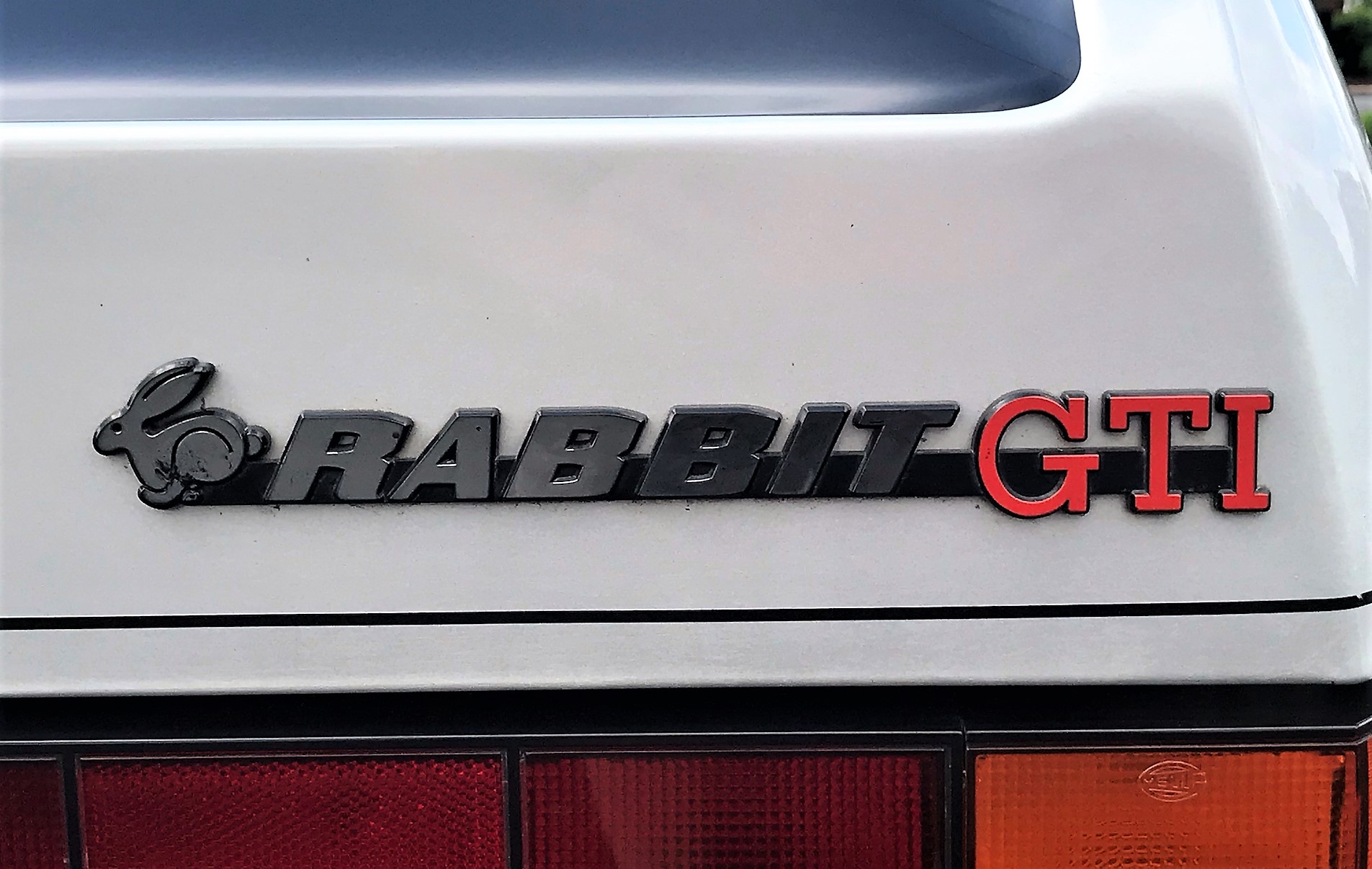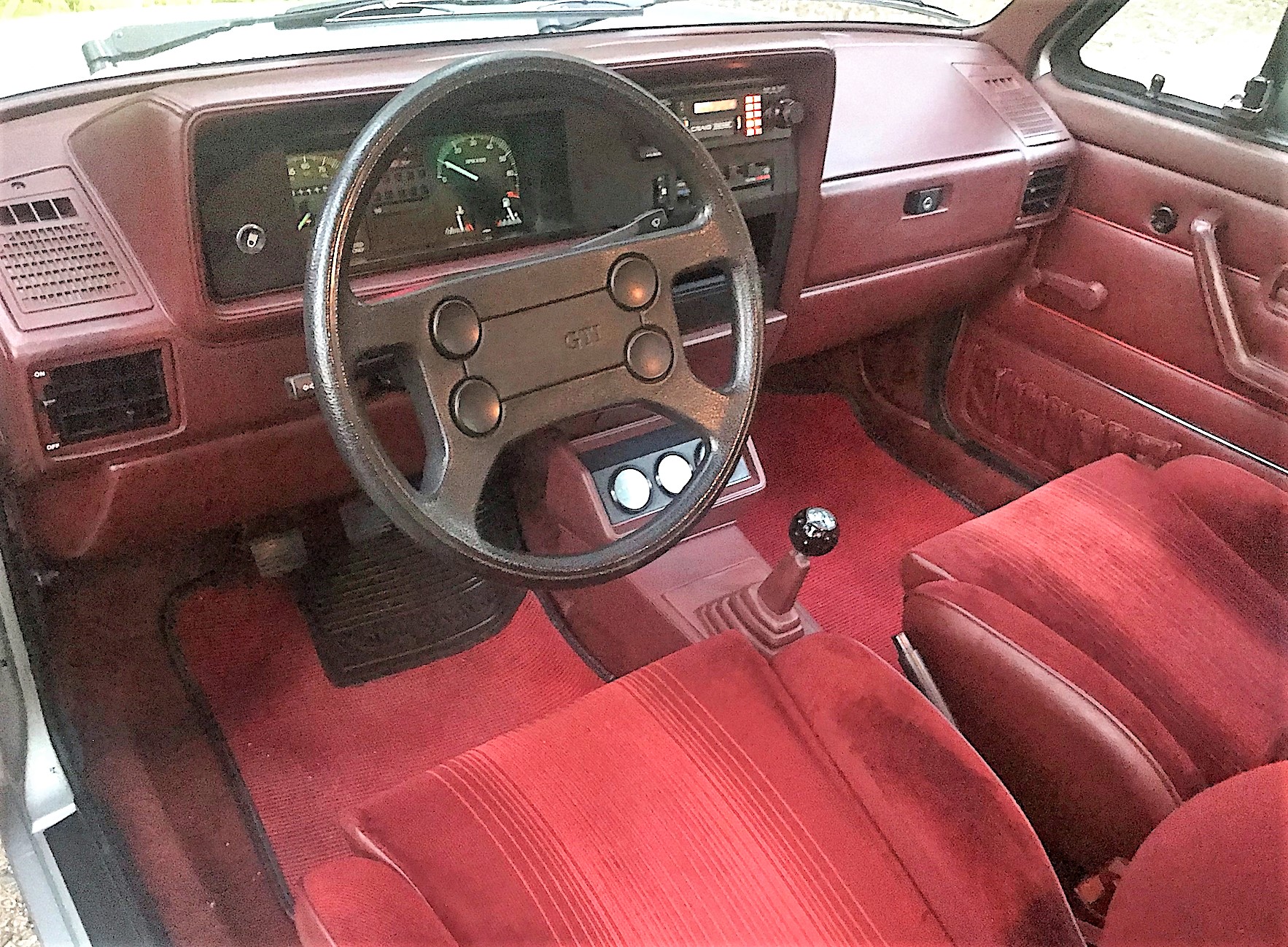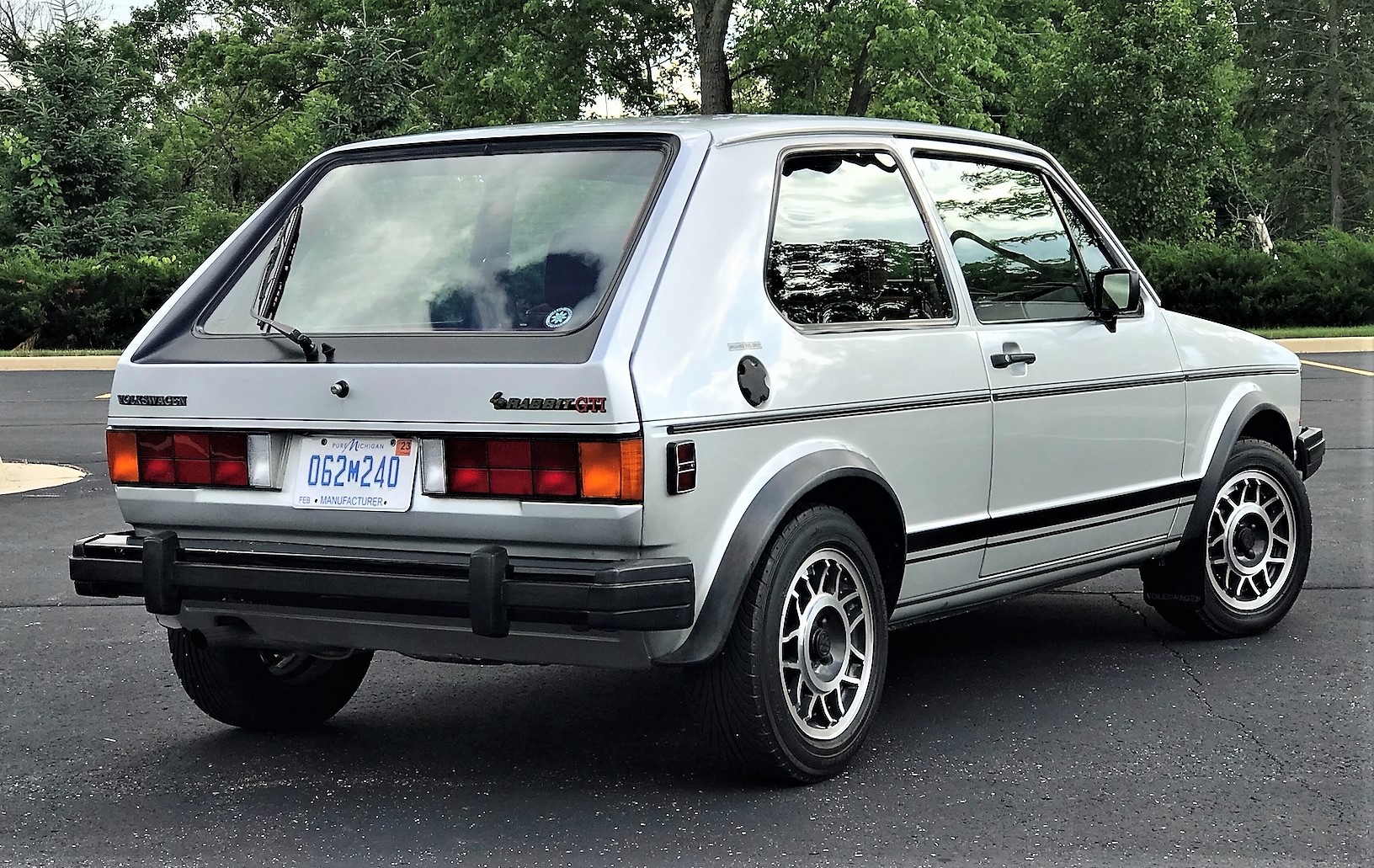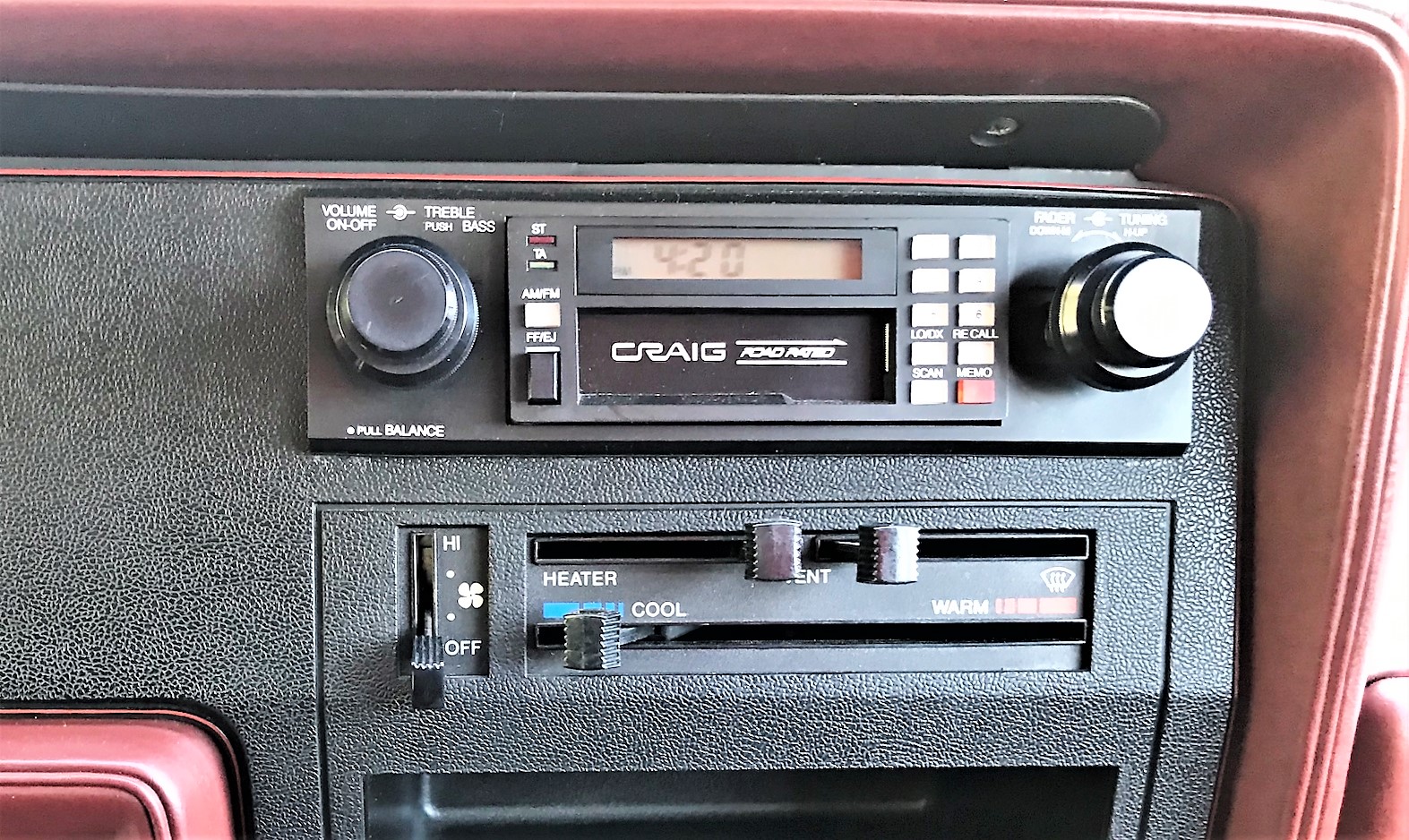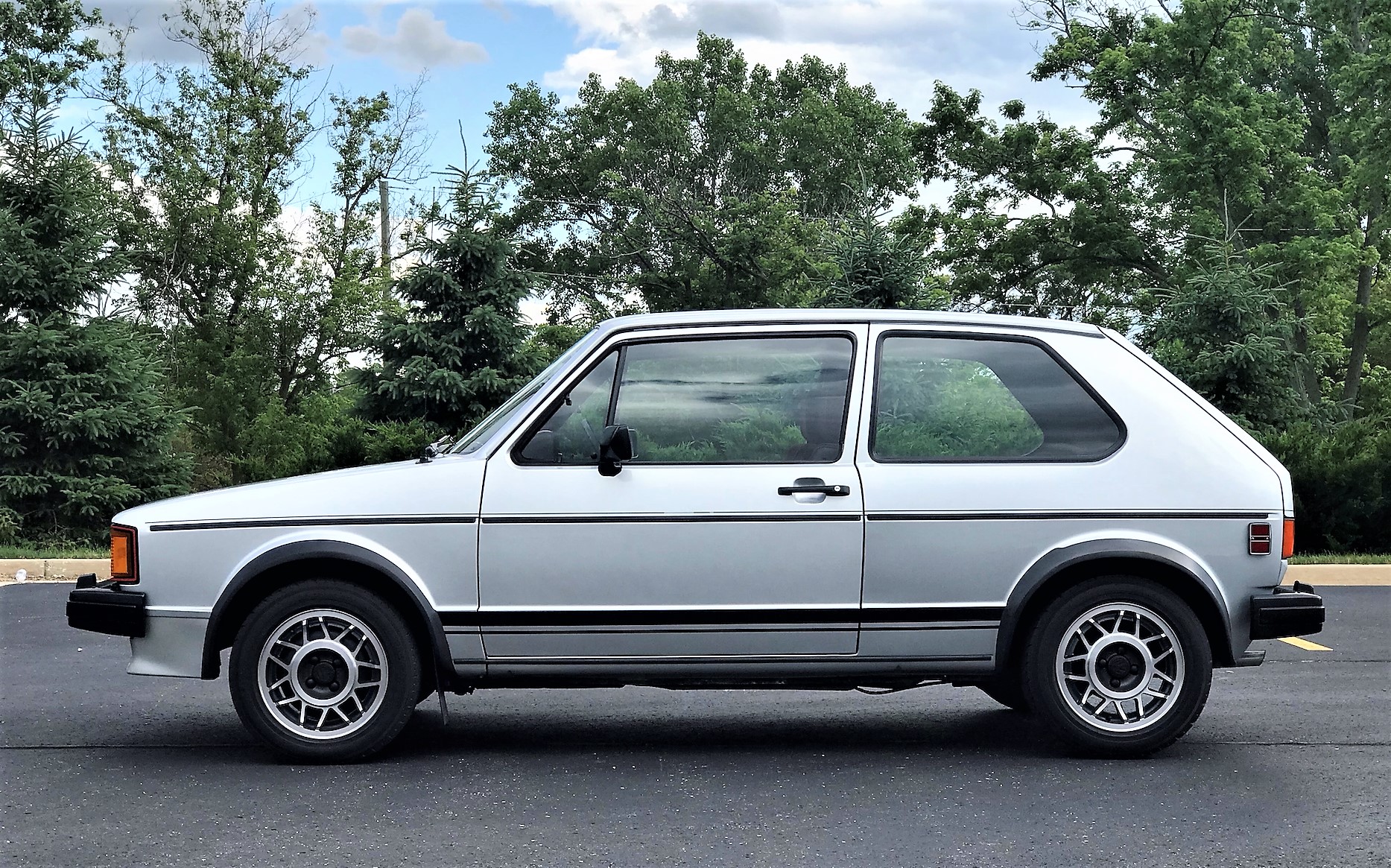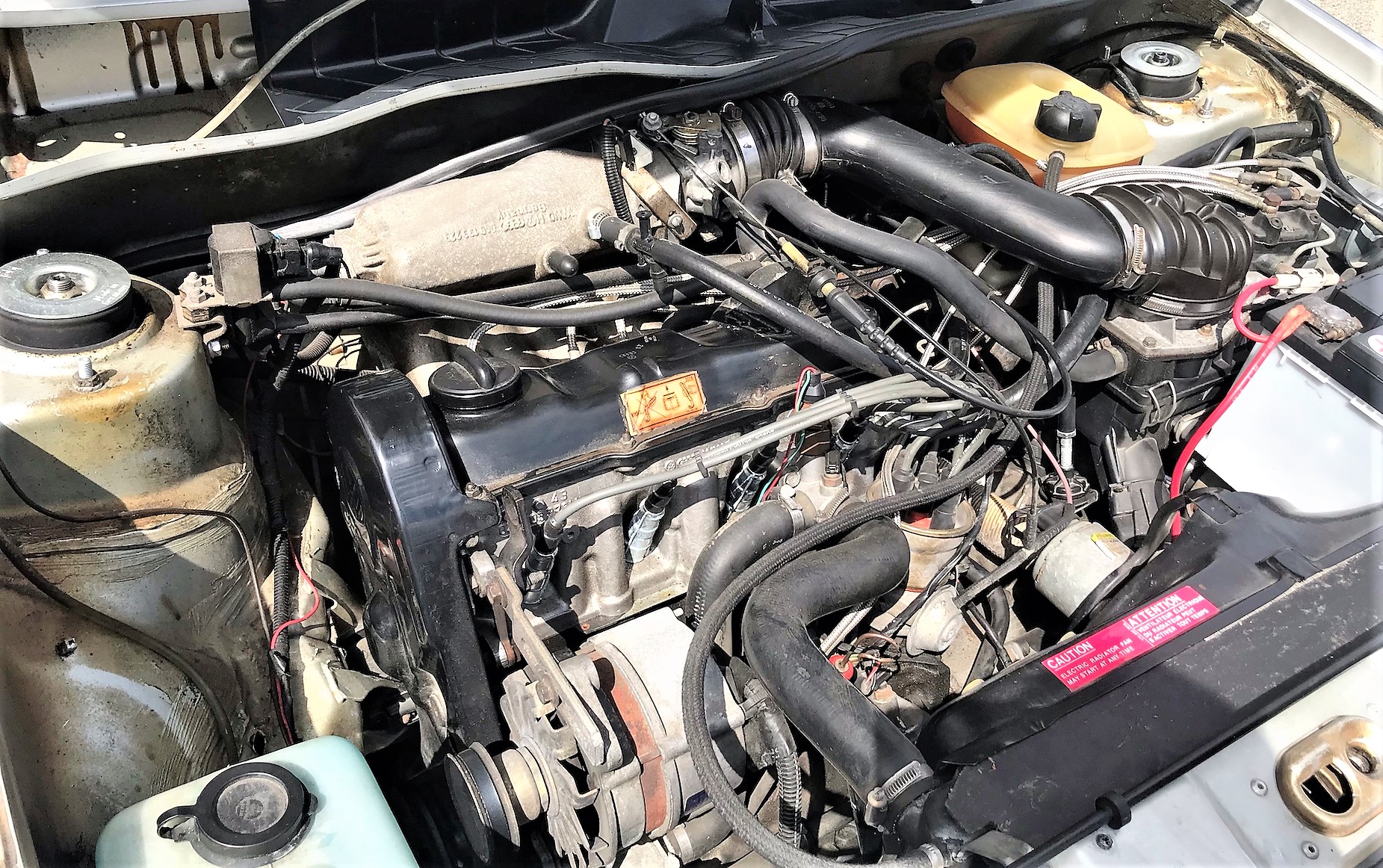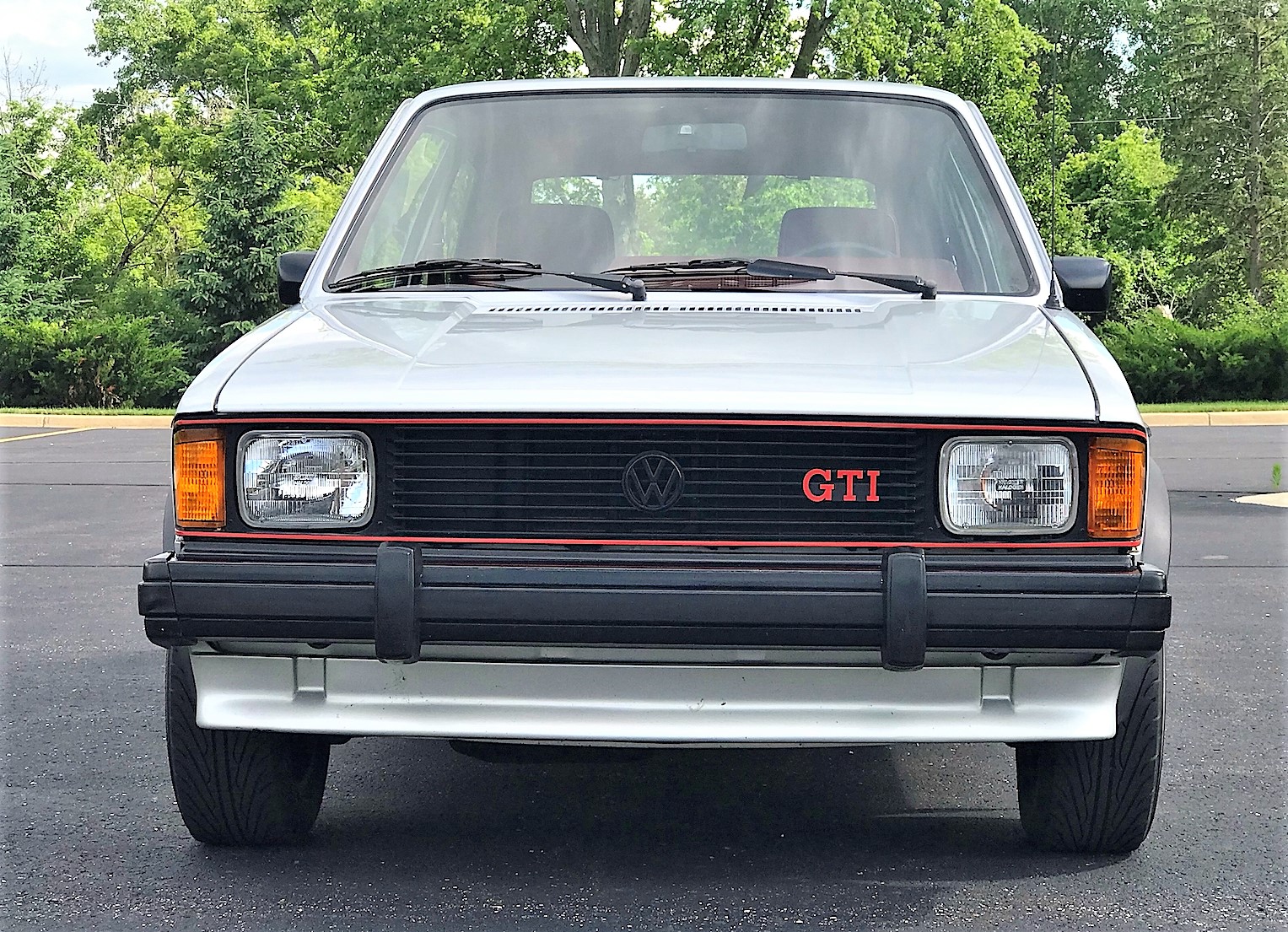
“Meet The Hero Who Owns Two Of The Biggest Auto Maintenance Nightmares Of The Modern Era,” read our 2019 headline about proud VW Touareg and Passat W8 owner, Gareth Watkins. A year after that story published, Watkins sent me an update on his fleet, and, well — it’s as predictable as it is tragic.
Watkins, a British Amazon employee living in Spain, is a huge fan of German cars with big engines. He told my coworker Raphael in an email last year that he’s “never been a fan of the boring family car and the associated easy life they bring,” and that he “[finds] it almost impossible to refuse an excessively oversized engine, particularly when it is a frivolous inclusion in a vehicle that will operate perfectly fine with a smaller more sensibly proportioned motor.”
With this kind of thinking, it makes sense that Watkins chose to purchase both a Passat W8 and a Touareg V10 TDI, two vehicles whose displacements add up to a whopping nine liters. That’s a lot of liters for vehicles in Europe, where fuel costs more than fine wine.
Advertisement
It Seemed Almost Predictable

G/O Media may get a commission
The $12,000 Touareg, Watkins told me when I interviewed him last year, drew him in with its copious electronic gadgets. From our interview:
I saw this on the lot during the search for a sensible car and was sucked in by the sheer amount of gear it has… this car has a lot going on! A lot of it pointless I have to say but I like the fact I have the option. It’s not as nice a place to sit as my W8, it has waaaaay too many buttons for a start…. I like a nice clean button free zone, but this is the opposite of that.
Advertisement
But even back in 2019, Watkins was having issues with the big SUV’s electrical system, saying he drove the vehicle “in constant fear.” He described some of the electrical gremlins plaguing the big diesel Touareg, saying:
…There is definitely an electrical issue of some sort as I get random warning lights about drive train issues and also a number plate light warning… every now and again it will go in to limp mode too… the gearbox does some weird things every now and again if you put your foot down too briskly.
Advertisement
Watkins went on to tell me over the phone that, if the dealership where the car had spent at least half its time under Watkins’s ownership couldn’t fix the car while it was still under warranty, Watkins knew he would “no doubt feel the world of pain that everyone is talking about there in the U.S.”
That “world of pain,” of course, is a reference to the reputation that high-end VW Group products have for not only frequently requiring repairs to their electrical systems, but also for those repairs to be extremely costly. Then came the foreshadowing:
“we’re hopefully that it’s not gonna be anything terminal…well certainly not terminal to my wallet, anyway.”
“‘I’m quite happy to spend a bit of money on it to make sure it remains in A1 condition,’ he told me, going on to say that he first wants to know that “‘it’s not gonna hit me with a really nasty surprise before I go and do something like that.’”
Advertisement
This was last year. Now, this past July, Watkins sent me an email telling me that, back in January, after sitting at the shop since September 2019, the Touareg did hit Watkins with a “really nasty surprise” that was very much “terminal”: It went up in flames.
The Fire

Advertisement
Watkins had left the car with his mechanic friend after the machine’s electrical system continually shit the bed. Aside from a four-day stretch during which Watkins returned to the parking lot from a shopping trip to find the car completely dead, the vehicle had been in the shop for four months straight.
“I was actually skiing in France on holiday when the owner of the shop sent me those pictures,” Watkins told me, referring to the images of the immolation just outside the garage. “I don’t know exactly what the fault was and unlikely to find out now… but it was an electrical problem that fortunately happened when nobody was in the car.”
Advertisement

Watkins told me that the shop simply could not solve the car’s electrical problems, which included issues with the central locking system. “At one point my wife parked the car, got out of the driver’s door to…get our daughter out, and the car locked itself with [my daughter] stuck in the car.” Luckily, after around 40 minutes of Watkins’s wife trying to unlock the off-roader with both the key and the fob, the car “unlocked itself.”
Advertisement

That’s when the Watkins family decided to stop driving the car, but from then on, the vehicle remained at the shop as technicians struggled to mend the car’s various electrical problems, with Watkins saying of the car’s ailment: “eventually it…solved itself in the worst way possible.”
Advertisement

“It was in shop from September to January until it caught fire,” he told me, saying that “whatever electric problem it had was very complicated.” He’s grateful that nobody was in the car when it went up in flames. Looking at the images, the fire appears to have started under-hood:
Advertisement

“That’s it. One of the twin VWs is no more,” Watkins declared, though he tells me that his Passat W8 is still doing fine. “Other than the fact that it’s still in the U.K. and I’m still in Spain…other than that it’s great,” he said. Watkins traveled back to the U.K. for a month this past summer and drove the Passat for three weeks. “Yeah, and it’s great. Perfect. No complaints. Still enough to just remind me of why I keep it.”
Advertisement

Hopefully, Watkins says, the fiery Touareg is the finale to his Unreliable VW saga, and the W8 Passat lives a long and prosperous life.

